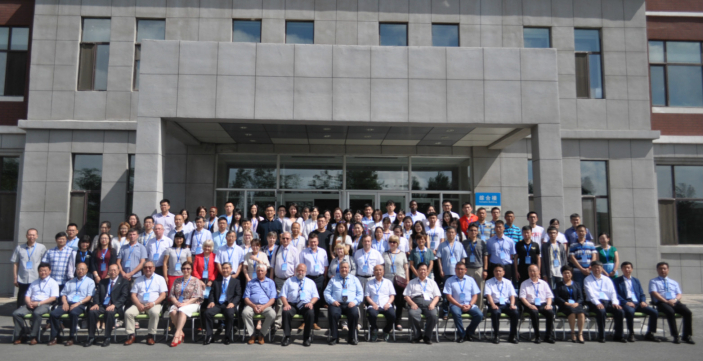Final Resolution adopted at the 4th International Conference of Resources, Environment and Regional Sustainable Development
Changchun, People's Republic of China, 28-29 June 2018
On the closing ceremony of the conference, participants representing a wide range of expertise in nature resources, technology, policy and management, acknowledge the auspicious historical moment in which we have gathered here and come to agreement on the following issues:
Whereas, the United Nations (UN) hold the Sustainable Development Summit in 2015,193 UN member states agreed on a draft blueprint for sustainable development on society, economy and environment that will last through 2030. The 17 goals cover a wide range of issues, such as ending poverty and hunger; tackling inequalities; empowering women and girls; fostering sustainable economic growth; transforming and promoting sustainable consumption and production; combating climate change; promoting employment; improving infrastructure and establishing accountable and inclusive institutions to achieve sustainable development.
Whereas Amur River Basin is the No. 5 biggest river along the trans-border of China, Russia and Mongol, which is rich in nature resources, biodiversity and great potentials for development. There is strong ties of the Sino - Russian strategic cooperation partnership and common agreement on strengthen regional cooperation and promote prosperity. Bilateral cooperation on the Belt and Road Initiative and Eurasian Economic Union shows great promise for the future and the political and economic situation of Northeast China is on the road of peaceful development.
Recognizing that it is of globe interest in protecting and managing the nature resources and ecosystem of Amur River Basin. The river basin play important role on forest and wetland biodiversity, retain water ,carbon storage and globe climate. Amur River Basin is a sensitive region of globe change, where the tendency of globe warming is obvious. Due to the agricultural reclamation, urbanization, over-exploitation of water resources and climate changes, there is rapid degradation of ecology service and serious environmental problems in the basin.
Recognizing natural resources and ecosystems of Amur River provide supply service, adjustment service, support service, cultural service,which is necessary for sustainable development and survival for Chinese and Russia people. It is of great significance to carry out location monitoring on a large time and space scale and comparative study by the application of earth observation technology and large-scale numerical simulation.
Therefore call upon financial institutions worldwide – development banks, investment banks, ministries of finance, and private sectors – to invest in the conservation of nature resources and restoration of ecosystem for their unique biodiversity, carbon capture and storage, and to reduce climatic variability and water risks.
Therefore call upon the private actors and the business sector to consider their supply chains, and to ensure that nature environment is not harmed or destroyed by their business practices, for long-term sustainability.
Therefore call upon farming communities and the agriculture sector to acknowledge that the agriculture landscape in the natural ecosystem must be conserved and restored within agricultural landscapes, for sustaining biodiversity and pollination services, recharging aquifers and buffering the risks of droughts and floods.
Therefore call upon the government sectors from both country to collaborate together, to set up joint research lab in Far East area, to establish field monitoring network covering major type of ecosystems, thus provide solid scientific backup for the protection of ecological environment, to enhance the carrying capacity of nature protection and management responding to global change.
Therefore call upon urban managers to enhance the beauty of their cities by restoring and valuing their ecosystem and biodiversity for urban flood control and for providing health and happiness to local urban dwellers.
We thank Pacific Institute of Geography, FEBRAS, Institute of Water and Ecology Problems, FEBRAS, Federal Scientific Center of Biodiversity, FEBRAS,Baikal Institute of Nature Management, RAS,Sochava Institute of Geography SB RAS and the other organizations for hosting, sponsoring and contributing to the 4th International Conference of Resources, Environment and Regional Sustainable development in Northeast Asia.
